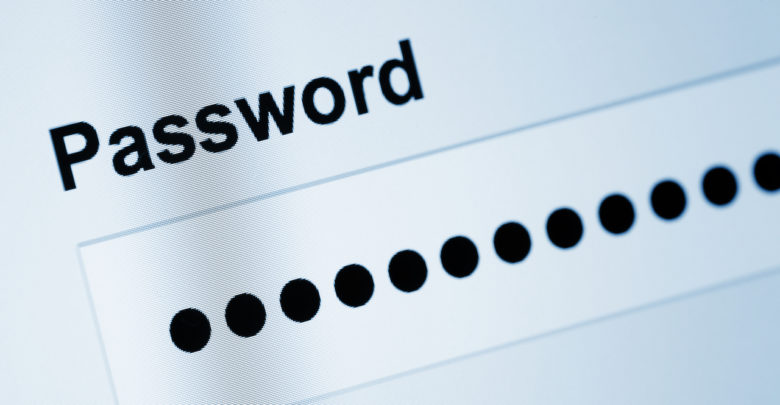Is Your Password Protection Really Secure?

As people grow more vigilant to their information’s security, protecting your phone with at least some sort of encryption measures is not a matter of debate. However still, with the recent technological advancements, a third of Americans don’t use screen locks.
Safety regulations differ across web platforms leading to most individuals having ten or more passwords. Below we will outline and scrutinize the various authentication methods used in most android devices.
- Pattern lock
- Pin/Password
- Fingerprint
- Face scan
Pattern Lock
A pattern lock, as the term implies, requires a particular owner-defined sequence to access the phone. The pattern lock is a medium-level security choice when compared to other screen lock alternatives.
A simple scribble of the letter L or a sophisticated shape combination is the only thing required to activate the encryption option. The clearer the pattern is, the easier it is for hackers to duplicate and access your device.
Research shows that 64.2% of hackers have successfully managed to unlock a pattern locked device after observation of the pattern input.
You can improve your phone’s security by turning off the line feedback that shows the dots touched every time you choose to unlock your phone and activate the pin or password option, which has proven to be more secure.
Pin/Password
Pin/password security alternative is the most common feature present in most android devices. Most people are familiar with the whole interface since it’s similar to the one that pops up whenever you switch on your phone.
The security option allows its users to set a four to six number code or a letter-number password for those who want more detailed encryption. You can choose to move up a notch by adding a wiping feature to your security detail, where after you complete the set attempts, the phone automatically erases itself.
These come in handy since all your details are safe from unwanted users.
Fingerprint
Luckily for many people, biometric authentication locks are still popularly embraced. The tech comes in multiple forms, standalone locks, built into keys, and the new advancements are those concealed on the smartphone screen.
The fingerprint option is considered the fastest and easiest way to protect and unlock your phone.
But is it secure? Yeah, it is implausible that a hacker will go through the hassle of attempting to break through a biometric lock to access personal information.
However, it’s not completely difficult to disable a fingerprint locked device. Fingerprints can be stolen from pictures or glass surfaces and recreated using 2D printing machines and then used to circumvent the biometric lock.
Face Unlock
Just like the term suggests, face unlock uses your face to unlock your phone. The process automatically activates the front camera, which scans your face, and within seconds your phone is unlocked.
The security method relies on an algorithm for facial recognition that hackers can easily manipulate by using your photo to unlock your phone, according to a cybersecurity expert that does managed IT in El Reno.
Choosing an array of features and not relying entirely on one is often a smart move. The PIN or password option wins the vote in this forum, but points to note are that it should be long and sophisticated. The fingerprint scan is coming in next, and the face scan concludes the list. Whichever option you choose depends on you.




